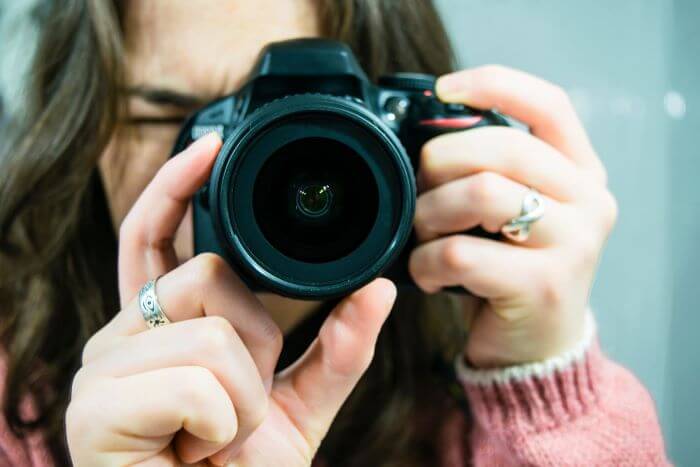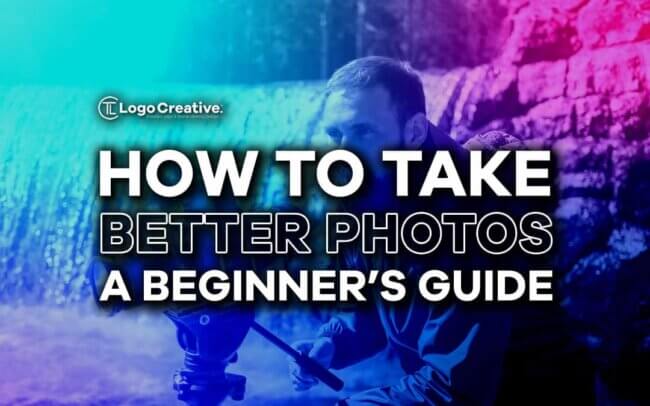In this article we discuss How to Take Better Photos: A Beginner’s Guide.
From an outside view, taking a great photo seems simple. Just point and shoot. However, there’s more that goes into taking a professional shot. You must consider aspects like choosing the right subject, finding the best light, and setting up a perfect composition.
Taking better photos involves capturing what you see through your viewfinder. It takes a lot of trial and error to better your photography, but it’s all worth it in the end. Also, consider having a camera that you like.
A digital single-lens reflex (DSLR) camera is the most popular and standard camera you can have. It’s versatile, and you can get professional photographs that have high image quality from it.
Furthermore, you quickly get DSLR bodies and kits in various stores, and you can use different interchangeable lenses on them. The following are some tips on how you can take better photos:
Table of Contents
Upgrade Your Gear

As a photographer, the quality of your photos speaks a lot to the state of your gear. You need to upgrade your camera, lenses, and other accessories to get quality images. Ideally, you should get new equipment when it solves some of your problems meaningfully.
Upgrading your photography gear means improved performance and better pictures. Also, better equipment brings more income, and excellent utility and editing work becomes more accessible.
Learn To Hold Your Camera Well
Although it sounds obvious, you may need to learn to hold your camera correctly as a beginner. Shaky hands can cause blurry images. So, you should learn to hold your camera without unnecessary movements.
You should always carry your camera with both hands. Grasp the right side with your right hand and use the left one to support the weight of your camera.
With time you’ll develop your way of holding your camera. Remember, the closer the camera is to your body, the more still it gets. Lean against a wall, and adopt a wider stance or crouch to gain extra stability.
Master The Basics of Composition
Photography composition is essential in capturing a great image. The following are some of the techniques you should master as a beginner:
- Selecting a focal point: The focal point is the main point of interest, and you should find a strong point so viewers can focus on it
- Creating depth: Finding ways to convey depth makes your photos better. You should learn this to get professional photos.
- Thinking triangles: Triangles draw the concentration of the eye, and you can create a dynamic composition with them.
- Finding symmetry and patterns: This makes photos more eye-catching and including elements that disrupt it makes for an interesting focal point.
- Including colour: Even with the limited colour palette for photographers, it plays a significant role in the composition. Choose what to include in a photo based on colour for better composition.
- Getting some perspective: Avoid shooting from eye level and change your perspective to adjust your composition. It can remove any distractions in the frame.
Having a good photo composition makes them look professional. Also, remember to ramp up the security of your digital assets to avoid hacking and protect your brand.
Pay Attention to the Lighting
Ensure your shots are well-lit so you can get professional pictures. Lighting is among the things you overlook as a beginner. Have enough light to make your subject visible because, with inadequate lighting, your camera finds it hard to capture details of your subject.
Avoid shooting with your camera on automatic settings. That’s because your camera will use an extra-long exposure or a high ISO, and you will have blurry or grainy results.
Also, you have to make massive adjustments during editing. Also, avoid too much hard light in your shots which can result in unwanted shadows.
Add A Tripod to Your Arsenal
You should consider having a tripod as part of your photography gear to get better photos. Although this is often a solution to shaky hands and lighting problems, you can use a tripod to try various shooting techniques.
It includes creating your 3D images, long exposures, and tethered photography. Furthermore, with a tripod, you can set up your shot and focus on other scene aspects while it’s ready to go.
Learn To Adjust White Balance
The characteristics of different lights vary. White balance helps you capture colours accurately; if you don’t adjust it, the projection of different hues changes.
Therefore, learn to change the white balance settings to the standard ones, including tungsten, cloudy flash, daylight, or any other.
Conclusion
As a beginner, you should know photography is an art that evolves based on your subjects and many other aspects. Therefore, you’re never done learning.
You can often improve by practising, making mistakes, learning from them, and being open to learning from others. Also, the tips above can guide you.
Join The Logo Community
We hope this article about How to Take Better Photos: A Beginner’s Guide has been helpful. If you would like more personal tips, advice, insights, and access to our community threads and other goodies, join me in our community. You can comment directly on posts and have a discussion.
*TIP – We use and recommend DesignCuts for all your fonts, mockups and design bundles.



